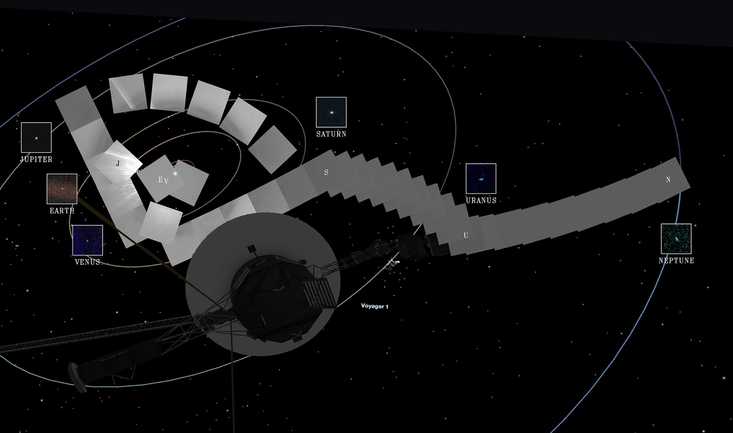Scientists Offer Explanation For ‘Gravity Hole’ In Indian Ocean
It's an anomaly that has confused experts for many years. Giphy
Giphy
News that is entertaining to read
Subscribe for free to get more stories like this directly to your inboxSome of the biggest mysteries of the universe are located deep below the surface of our own planet’s oceans where huge distances, immense pressure, and utter darkness make it nearly impossible to thoroughly explore.
But there’s one anomaly that scientists believe they have finally figured out.
Reduced gravity
It’s been common knowledge for decades that a specific area of the Indian Ocean has some unique characteristics compared to surrounding areas.
This strange occurrence, experts now say, is caused by a huge “gravity hole” that exists in the area.
Here are some of the attributes of this region:
- The hole takes up an astounding 1.1 million square miles.
- Gravity in this area is lower than it is just outside of it.
- Sea levels across the region are about 300 feet lower.
Although it’s referred to as a hole, that’s not a literal depiction of this feature. Instead, it’s just an area where gravity is slightly lower — not enough for humans to notice but sufficient for some eerie effects on the planet.
Cause and effect
Scientists were not satisfied with simply determining what this gravity hole was and have been working toward understanding why it exists.
The key to unlocking this mystery lies in taking a close look at the areas around the hole itself. Researchers say the likeliest explanation is that molten rock that escaped from the ocean floor long, long ago could be responsible for this strange occurrence.
Using computer simulations, experts were able to rule out the possibility that the source of the anomaly comes from directly underneath the gravity hole.
As for the most probable explanation, scientists have identified the separation of the supercontinent Gondwana (which included modern-day Africa, Australia, and India) roughly 120 million years ago.
 Why Is The Aging Voyager 1 Probe Sending Back Incoherent Communications?
It's been speaking gibberish for a few months and officials are concerned.
Why Is The Aging Voyager 1 Probe Sending Back Incoherent Communications?
It's been speaking gibberish for a few months and officials are concerned. One Woman’s Massive Donation Is Wiping Out Tuition At This Medical School
Her inheritance came with the instruction to do "whatever you think is right."
One Woman’s Massive Donation Is Wiping Out Tuition At This Medical School
Her inheritance came with the instruction to do "whatever you think is right." Woman’s Pets Will Inherit Her Multimillion-Dollar Fortune, Not Her Kids
It's not the first time four-legged heirs were named in a will.
Woman’s Pets Will Inherit Her Multimillion-Dollar Fortune, Not Her Kids
It's not the first time four-legged heirs were named in a will.